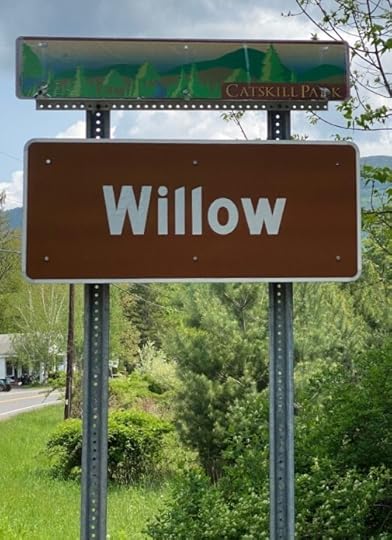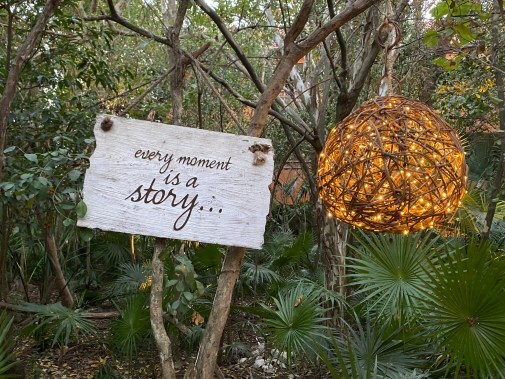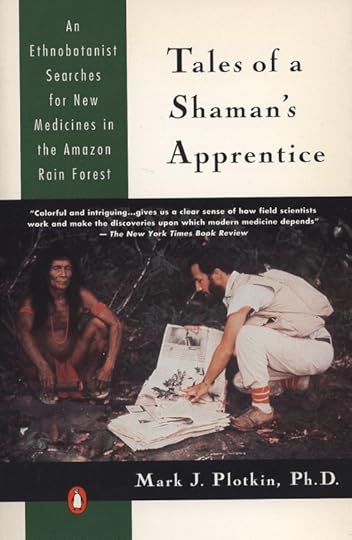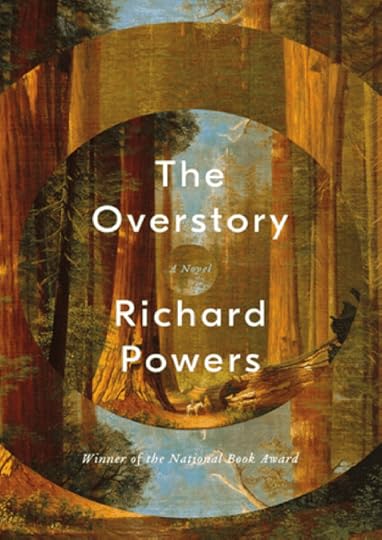Chewing Pine Needles. Adventures in Ethnobotany and Writing
On the side of the house where only my cat and I wander, asters have been blooming in tiny, white starbursts, their violet or orange centers like little bullseyes for bees. Goldenrod have burst into sprays of fluffy yellow spires, so heavy they arc like fireworks raining down. The two species have co-evolved to co-exist, I’d learned from The Light Eaters, knowing that together, their busy pattern of rods and discs in complimentary colors, attract more pollinators.
When a bare and forlorn patch of ground nearby begged me to complete this wild, woodland scape, also attractive to my human eye, I transplanted wayward asters and goldenrod from other random parts of my yard. I watered them for days, saw goldenrod and aster behind my eyelids closing for sleep, spotted them along roadways around town. I loved how their humble and understated beauty graced the autumn landscape, if you took the time to look.
And over a cup of Earl Grey one morning, I opened Braiding Sweetgrass for the first time since spring. The fresh, next page just happened to be the chapter called “Asters and Goldenrod.” Could the plants be talking to me?
Since my last post (three years ago!), I’ve been working on a new project. It’s a speculative novel set in a world where any medicine not created by the worldwide monopoly, Hatch Pharmaceuticals, is outlawed. But don’t worry, medicinal plants play a large role in setting the world right again.
I find fiction more fun, more creative than nonfiction, but with nothing but my own imagination to draw from and having never yet completed a novel, the dreaded imposter syndrome taunts my subconscious. Still many a sign has told me not to succumb.
The first sign was last spring, in the blue-gray Catskills garlanded with mist. At the driveway to the AirBnB I was about to share with three other writers for the weekend, a willow tree greeted me. How did it know I’d planned to work on my first chapter, my first main character, Willow? She is a modern apothecary who lives in the unincorporated Wilderness.

The opening scene—frozen daffodils—was inspired by a real-life occurrence the previous winter. But I worried it wasn’t a good enough hook. Nor were the plot elements compelling. And was Willow’s character intriguing enough? Was the prose overly poetic? Or too simple, banal? Frustrated at feeling so off course, I left the weekend following Siri’s different route home than the one I’d taken there, under gray-lined, billowy clouds and emotional gloom. I wound my way through whispering white pines and grassy meadows, feeling lost, sure my map was mistaken. Until a sign post announced, “Willow!” An unincorporated town, I found out. “Its a sign! A literal and figurative sign!,” my romance-writer friend, CJ Connolly said when I texted her.
Just because writing fiction was terra incognita, Willow showed me, did not mean I wouldn’t be able to find my way. After all, I’d started taking the train to the heart of Copenhagen by myself, when I was just seven years old. And I had gotten lost the first time. But a kindly man in a business suit, had helped me find my way, and I never got lost again. I just needed to keep going, see what was around the bend. Surely, helpers would be there when I needed them.
My second main character, Lance, is an ethnobotanist who owns an ayahuasca retreat center in the Amazon, which he uses to fund his research on plant medicine. So I interviewed my longtime hero and podcaster, the ethnobotanist Mark Plotkin, whose book, Tales of a Shaman’s Apprentice I’ve read twice. The first time was way back in 1996. It inspired me to get a Master’s in Ethnobotany, the study of how different cultures use plants.

And thanks to Dr. Edward Kennelly, ethnobotanist and professor at CUNY, I also learned how a gas chromatograph works.
A secondary character, named Grace, practices Traditional Chinese Medicine, and becomes an ally to Willow when they meet in prison. So I interviewed Dr. Thomas N Leung, herbology professor, pharmacologist and CEO of Kamwo Meridian Herbs in Chinatown, along with several of his colleagues.
And this spring, I braved feedback on my work during the Manuscript Academy‘s wonderful writer’s retreat in Tulum, Mexico. I left with encouraging and constructive feedback and some amazing, new friends.

This fall, I learned about Native American and colonial settlers’ uses of local plants during a personal tour of the Connecticut College arboretum, led by Dr. Manuel Lizarralde. And how to create medicines from backyard plants in a workshop led by Dr. Eugene Zampieron.
Even with my lifelong fascination for medicinal plants, I continue to learn. I’d already known, for instance, about the myriad benefits of dandelion, the wound healing properties of plantain (platango major), the liver-cleansing and cancer-killing effects of thistle, each of which are spotlighted in my book. But I did not know the scraped bark of weedy, wild cherry, has the most pleasant almond-extract aroma and is an effective cough suppressant, nor that mugwort under the pillow induces dreams. I snagged some stalks on my walk to the beach last week and put them under my teenagers’ pillows without their knowledge. The very next day, my son had his first dream in months. Nor did I know that you can chew white pine needles for Vitamin C—very handy in winter when access to fresh fruits and vegetables is limited.
 Dr. Lizarralde demonstrates.
Dr. Lizarralde demonstrates.
A couple of weeks ago, a penciled note written on my September calendar, months earlier, told me it was time to plan a visit to the New York Botanical Gardens—I needed visuals of tropicals in their conservatory for inspiration. And hours later, my husband asked me if I wanted to go to NYBG next Thursday for Climate Week. That timing was already uncanny. But when I saw the keynote speaker was the world-renowned ethnobotanist, Wade Davis, I was floored. I had no idea it was Climate Week (yes, sometimes I do live under a rock, or at least under a dense canopy of trees). Nor that he would be speaking. It was another sign!
Dr. Davis wove together his powerful stories of people’s inextricable link to their environment with his beautiful National Geographic photos—a Tibetan yak herder, an Amazonian boy with parrot, a Haitian woman in a mud bath—in a moving demonstration of the importance of cultural diversity in protecting biodiversity. He made the point that politics isn’t what changes the world. Storytelling is.
Was he speaking to me? Because cultural and biological diversity are both important themes in my book. I only hope I can portray them as eloquently as he does.
Just like aster and goldenrod, people and plants have coevolved. Only, we need plants way more than they need us. I hope that my fictional, somewhat exaggerated story, will serve as both a warning of what a future without access to nature might look like, and a hope in the potential so, so many plants have for healing.
By the way, did you know a cup of aster-leaf tea can reduce inflammation as well as stress and digestive complaints? And goldenrod can strengthen the kidneys and bladder. The leaves and flowers of both can be turned into a salve to soothe skin disorders.
As they both turn to seed and the nights become longer, I’ll be exploring to the darker story of my third main character, Penelope. She’s a health reporter in technocratic New York City, on the other side of the BioFree Zone from Willow and Lance, and one of the millions of victims of Hatch’s fertility treatments. She’s determined to tell the real story of health.
Until my next update, please follow me on Instagram, and check out these highly recommend books for autumn reading:
Nonfiction books on plant intelligence and ethnobotany

 Fiction but a lot of truths!
Fiction but a lot of truths!My favorite fiction book right now. If you love trees and forests, you must read.

The post Chewing Pine Needles. Adventures in Ethnobotany and Writing appeared first on Heather K. Jacobsen.



